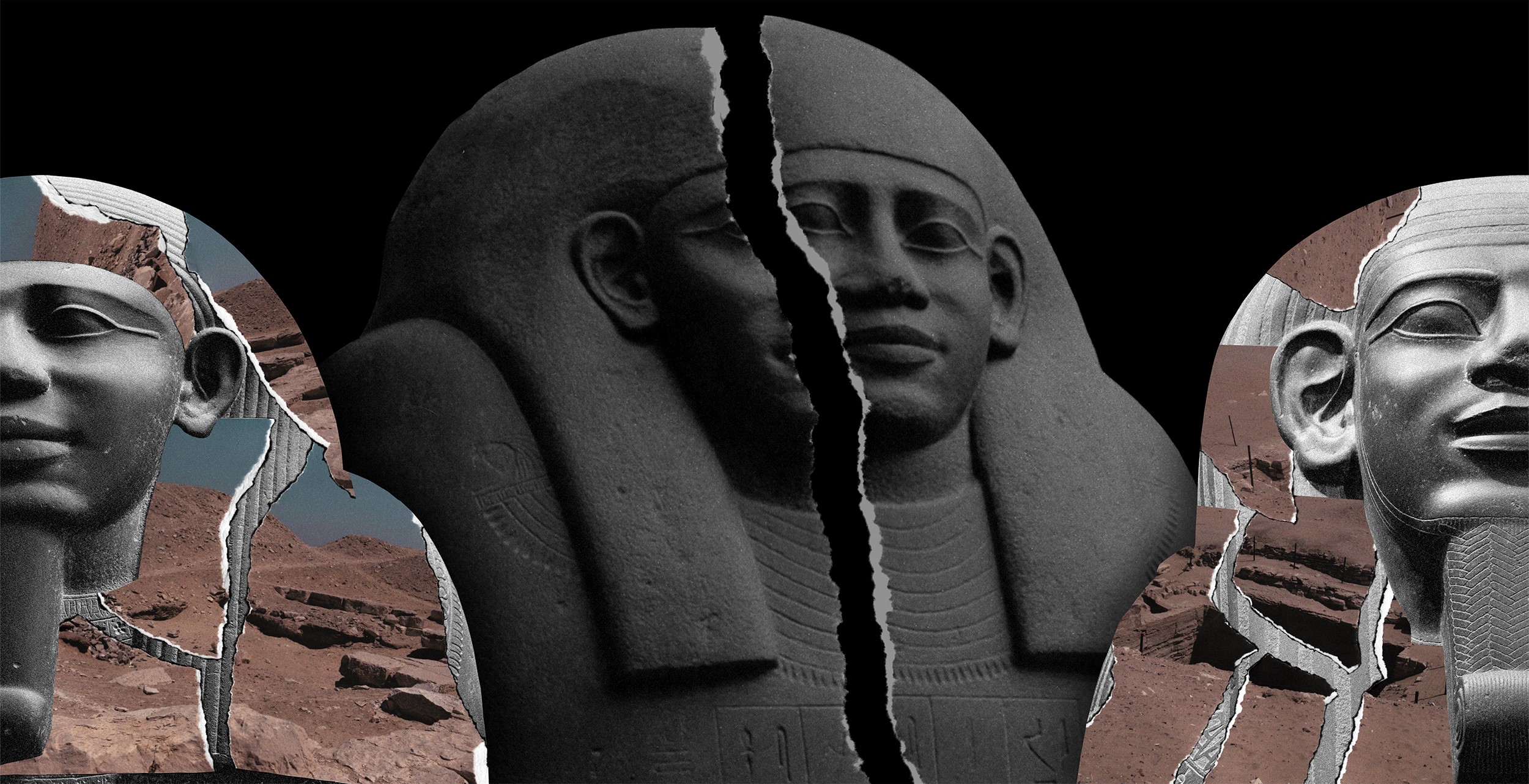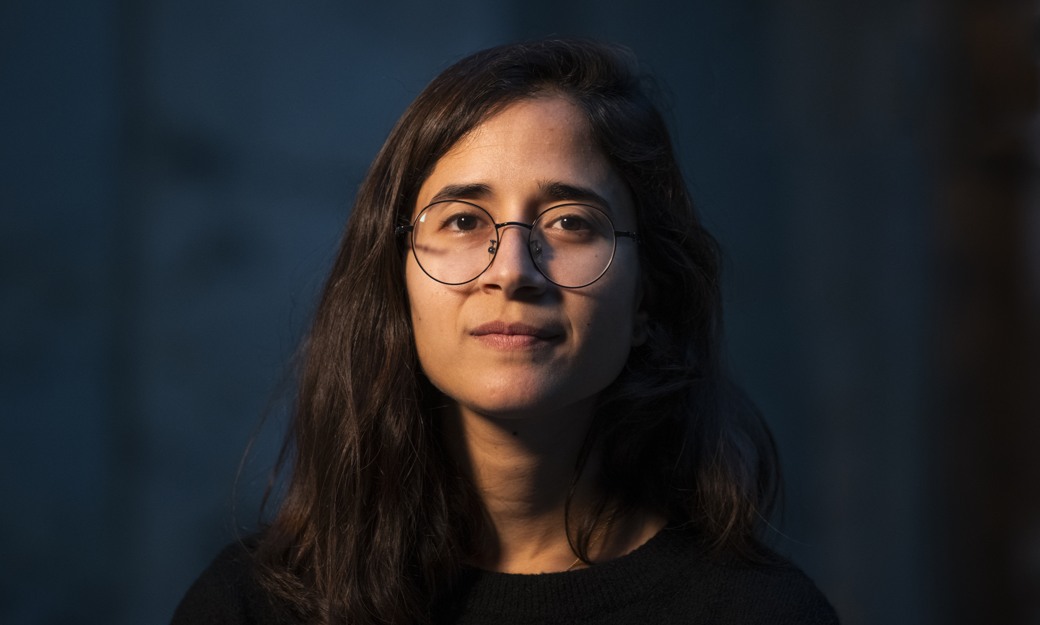

2,500 years ago, a woman named Taperet was buried in Egypt together with her husband and son. In the early 1800s, they were separated when their sarcophagi were sent to different countries in Europe. In Between Us, Only Rapture, artist Sara Sallam imagines how they speak to each other across the great distance that now lies between them.
A major change has taken place at the museum. The museum’s largest object—a seven-ton stone sarcophagus—has been moved to the central hall. The sarcophagus belonged to Taperet and came from a tomb where she was buried alongside her son and husband. Around 1820, the tomb was opened, and Taperet’s sarcophagus was shipped by boat to Stockholm, while the sarcophagi of her husband and son were sent to the Netherlands.
In a new art installation at the museum, titled Between Us, Only Rapture, the Egypt-born artist Sara Sallam imagines a conversation between the three sarcophagi across the long distance that now separates them. Their dialogue breathes a sorrow over the bond that was meant to last forever but was broken by the looting and collecting of the colonial era—a wound that can no longer be healed.
They remember being torn from their grave, forever separated from their homeland and from one another. Sara Sallam, artist
With this work, Sallam highlights the irreversible consequences of colonial collecting practices for Taperet’s family: we can no longer find their original tomb or reunite their dispersed burial objects. Nor do we know what happened to their remains, which once rested inside the sarcophagi.
The installation is the first in a series of artistic interpretations and exhibitions within the framework of the project Bringing the Objects to Life, partially funded by the Riksbankens Jubileumsfond. The sarcophagus is a key object in the museum’s collection and a central part of its popular Egyptian exhibition. The new installation serves as a welcoming introduction for visitors to the museum.

Sara Sallam (b. 1991) is a multidisciplinary artist who grew up in Egypt and now lives in the Netherlands. Her research-based practice includes photography, moving images, writing, voice narration, archival work, and book-making. Through her art, she focuses on retelling contested histories by imagining counter-narratives and exploring empathy, fiction, and temporal juxtapositions as ways to reclaim and decolonize her Egyptian heritage. Sallam’s works are included in the collections of several museums, including the Museo Egizio in Turin, the Pitt Rivers Museum in Oxford, and Sir John Soane’s Museum in London.